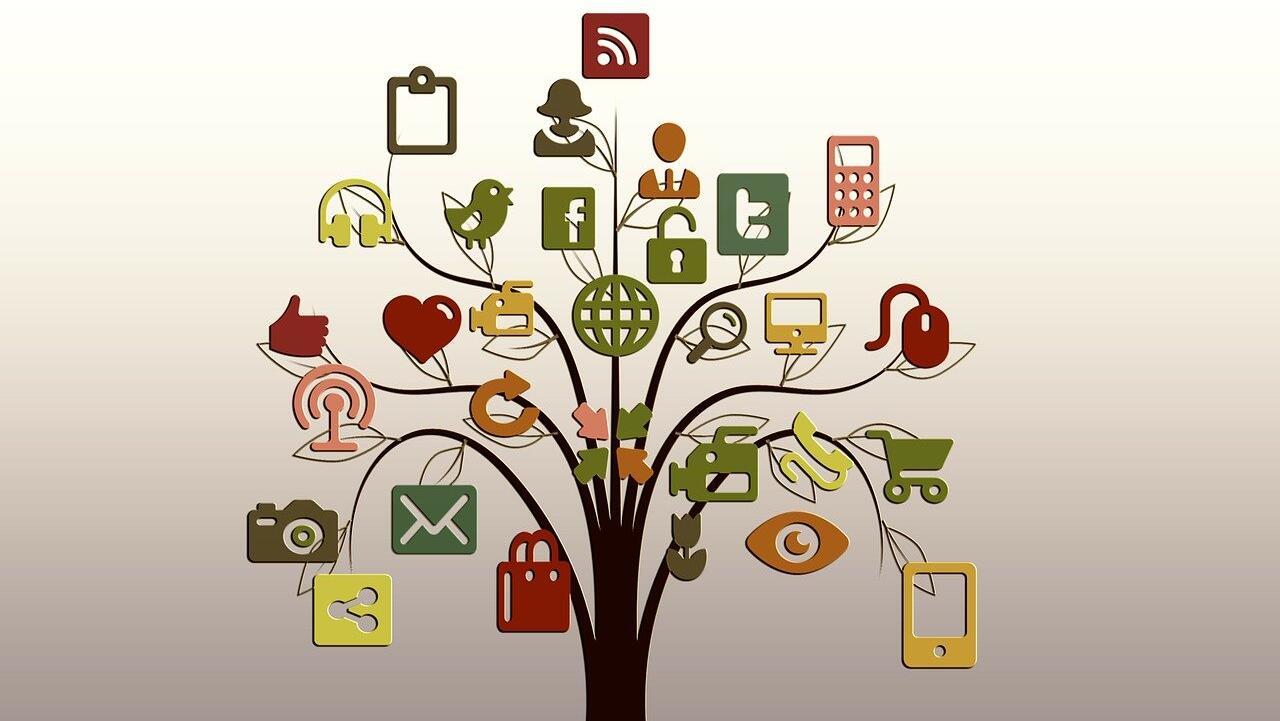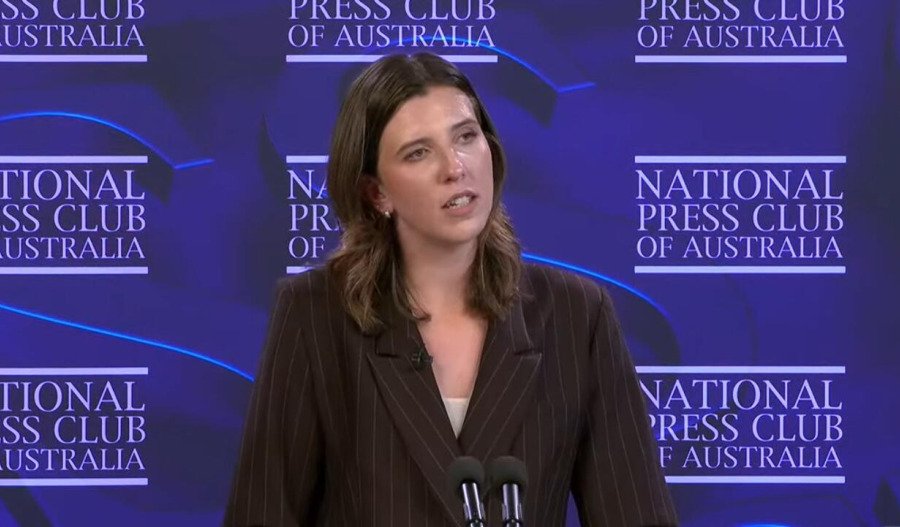A major global survey reveals that social media has overtaken news sites as Australians' main source of news amid falling trust in news, growing concern over misinformation, and rising news avoidance.
How you are reading this sentence — whether from a social media link or directly on a news website — may determine how much you trust it.
According to an annual global study of news habits, it is most likely the former.
Social media as Australians’ main source of news has increased to 26% and has overtaken online news sites (23%) for the first time.
Meanwhile, the number of readers who say they no longer trust news reporting has risen to 32% (up 8% since 2016).
These figures come from the 2025 Digital News Report Australia conducted by the News and Media Research Centre at the University of Canberra surveyed 2,006 adults. It is part of a global annual survey of digital news consumption in 48 countries, commissioned by the Reuters Institute for the Study of Journalism at the University of Oxford.
The Report paints a picture of growing distrust in mainstream news and the perception of a polluted online information environment where people find it hard to discern facts from fake news.
Worryingly, of the 48 countries surveyed, Australians have the highest level of concern about what is real or fake online, with three-quarters saying they are worried about it. This is especially true of social media where Australians see Facebook (59%) and TikTok (57%) as the two social media platforms posing the biggest threat of spreading misinformation.
Facebook is still the most visited social media site for news (38%), but other video-based platforms are gaining popularity with almost one-third of consumers saying they use YouTube and one-in-five using Instagram for news. TikTok is the fastest growing social media platform for news at 14% which is up 12% since 2020, particularly among younger generations.
Figure 1: Social media platforms used for news (%)

The growing use of social media and the decline in trust is accompanied by a loss of interest in news, and growing news avoidance.
Over the past decade, there has been a significant drop in news interest, particularly among women and those aged 35+.
More than two-thirds (69%) of Australians say they often, sometimes or occasionally avoid the news.
The reasons given range from the negative impact it has on their mood (46%), perceptions of untrustworthiness or bias (37%), and news fatigue (32%).
Figure 2: Reasons for avoiding news (%)

Trust is also an important factor that correlates with people’s decision to avoid news. Consumers who trust the news are much less likely to say they avoid it (60%) than those who distrust the news (79%).
People who are concerned about misinformation are also much more likely to say they avoid news (71%) compared to those who are not worried about it (53%). This implies that the environment in which news is situated has an impact on audiences’ attitudes toward it.
While they may not necessarily see misinformation on news platforms, the sheer volume of information online and concerns about false information can lead people to withdraw from news consumption.
How can news organisations re-engage audiences who are losing faith in news?
While much of the data reflects the decline of mainstream news consumption, it also points to possible remedies for these downward trends.
In this year’s survey, we asked if respondents had received any type of education or training – formal or informal – about how to use the news. News literacy is a sub-concept of media literacy and refers to the skills that help audiences have control over their relationship with news alongside knowing how news is produced and distributed.
News literacy education aims to develop a critical understanding of news, and how to analyse and assess the quality of sources. In Australia, there are few news literacy programs. However, broader media literacy education has been conducted in primary schools since 2012 after the Australian Curriculum, Assessment, and Reporting Authority identified it as a mandatory learning objective. But, for adults and vulnerable social groups, there is not much on offer.
The majority of participants (70%) in our survey say they have not had any news literacy education or training. There is a big generational gap. Only 5% of participants aged 65 or older say they have received any kind of education about the news over their lifetime, compared to more than half of 18-24-year-olds. Notable differences are also found between men (29%) and women (19%), city (26%) and regional participants (19%).
Figure 3: News literacy education received by demographics (%)

More importantly, there are critical differences in the attitudes and behaviours between Australian consumers who have received news literacy education and those who have not.
Not only are people with news education more likely to pay for news, they are also more interested in news and less likely to avoid it.
While they are more likely to be concerned about misinformation, their knowledge of how things work in an online environment means people with news literacy are not deterred by this because they feel more confident in their ability to discern misinformation.
Figure 4: News interest, trust in news, paying for news, and concern about misinformation by news literacy education (%)

When it comes to checking online information that may be false, misleading, or fake, people who have received news literacy education are much more likely to say they go to news sources they trust (50%) compared to those who have not (36%).
They are also more likely to turn to official websites and fact-checking.
These active verification behaviours confirm the importance of news literacy education in helping Australian consumers navigate the complex online environment.
Figure 5: News verification behaviour by news literacy education received (%)

Combined, this year’s data provides a strong signal to policymakers and the news media to educate the public about how the news works, its role in society and how to critically evaluate it.
Given concerns about social cohesion in Australia, and the rise of more populist approaches to politics, there is a growing need for citizens to be equipped with news literacy education.
With half of people who pay for news saying they have received some kind of news literacy training, increasing media literacy levels across the population also makes good economic sense for the news industry.
Digital News Report: Australia is produced by the News and Media Research Centre (N&MRC) at the University of Canberra. YouGov conducted the survey in January-February 2025. The data are weighted for age, gender and region. Education and political quotas were applied. In Australia, this is the eleventh annual survey of its kind produced by the N&MRC.
Contributing edtior: Caroline Fisher is an Associate Professor of Communication and a core member of the News & Media Research Centre.
Originally published under Creative Commons by 360info™.



